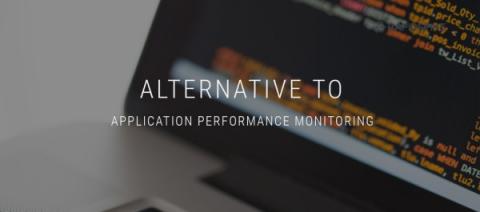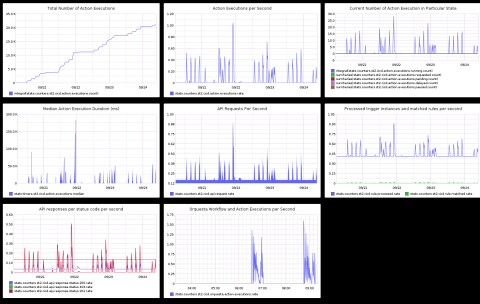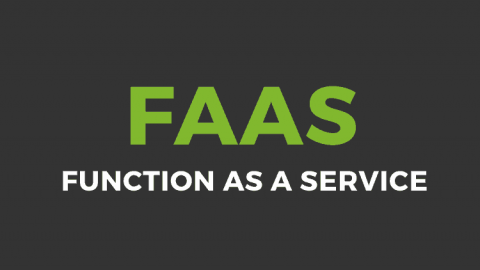Operations | Monitoring | ITSM | DevOps | Cloud
%term
Alternative to Application Performance Monitoring (APM)
It’s essential to monitor server vitals such as CPU utilisation, memory usage and free disk space to spot the warning signs of impending doom (hands up those that have run out of disk space on a production server before. Many turn to Application Performance Monitoring (APM) software for help. But APM solutions can be expensive, require software to be installed and require system access that some people may not be comfortable with.
Cloud Complexity Management, a New Need for 2019
StackStorm 2.9: K8s, Streaming, Inquiries, Windows
New Streaming & Inquiries Apps in the Web UI, Orquesta second beta, Helm Chart for running StackStorm in HA mode on Kubernetes, new Windows runners, and plenty of fixes and improvements: StackStorm 2.9 is ready to go! Here’s all the details.
A 360 View of Serverless Integration
Introducing Serverless360 at Integrate 2018
How to Identify Impactful Business Transactions in AppDynamics
New users of APM software often believe their company has hundreds of critical business transactions that must be monitored. But that’s not the case. In my role as Professional Services Consultant (EMEA) at AppDynamics, I’ve worked at dozens of customer sites, and the question of “What to monitor?” is always foremost in new users’ minds.
Go Beyond MTTA and MTTR With PagerDuty Analytics
Do any of these sound familiar? One of your best engineers just put in notice that they are taking a job elsewhere because the on-call load while working for you is destroying their personal life—but you honestly thought things were fine.
Functions as Service (FaaS) : its monitoring and use as tools
How about starting with an introduction? We will attach links to articles already published that expand on each concept or topic in order to keep our journey as compact as possible.
Incident Response: Should You Prioritize Quality or Quantity?
There are two common approaches to incident response: qualitative and quantitative. Each approach has its pros and cons. Meanwhile, an enterprise’s decision to take a qualitative or quantitative approach to incident response could have far-flung effects on the business, its employees and its customers.











